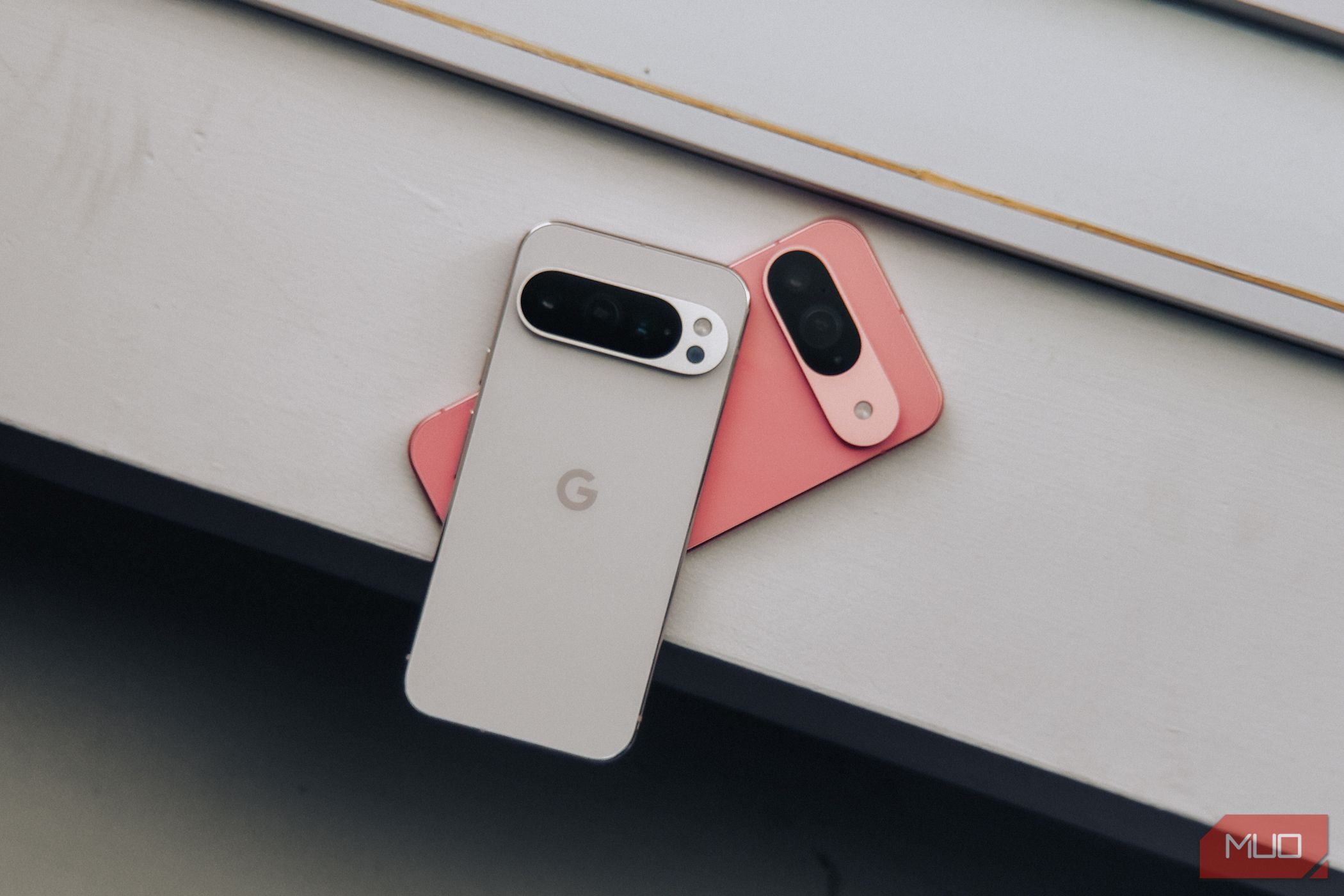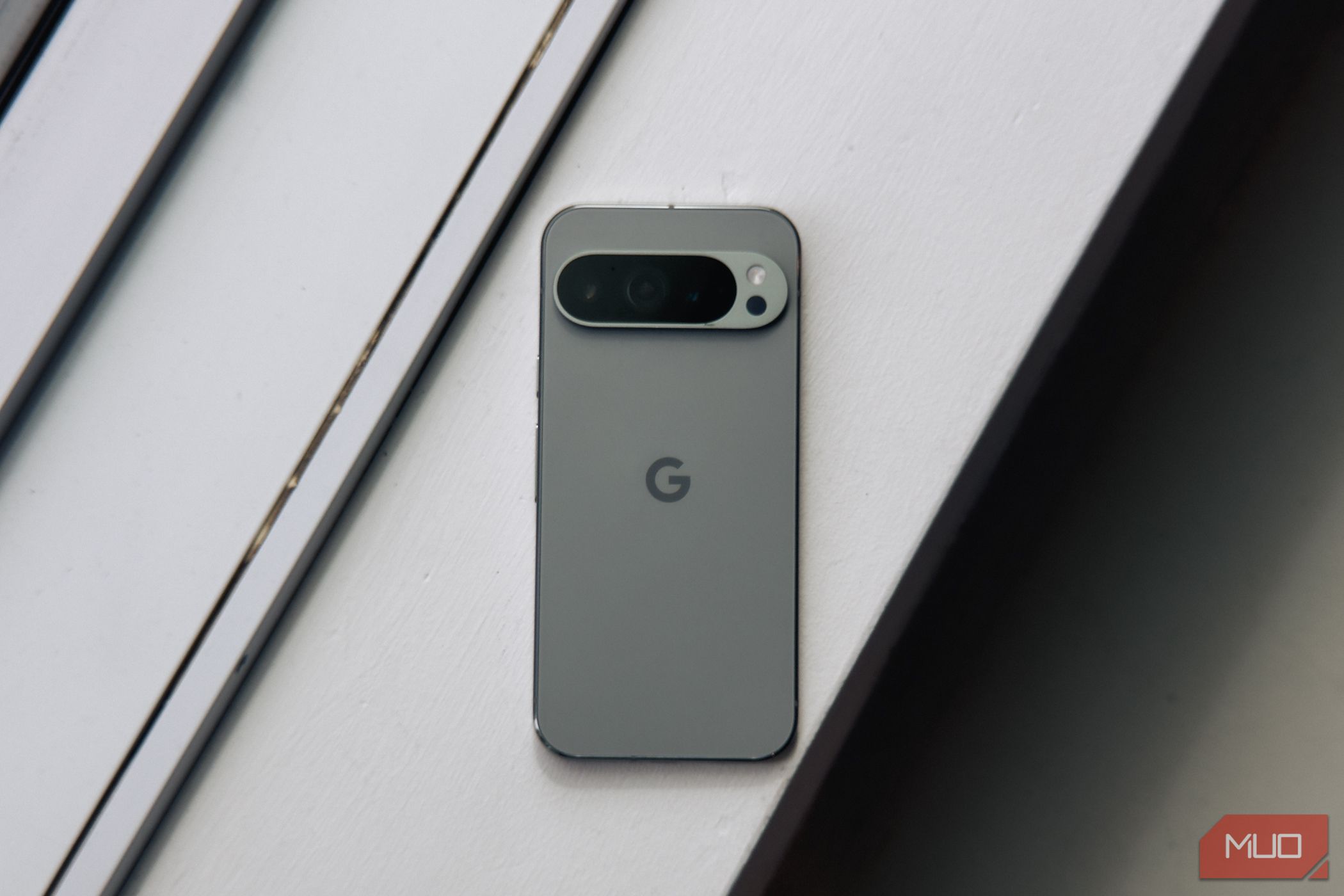As a launch day Pixel 8 Pro user, I was excited about upgrading to the Pixel 9 Pro. However, given the modest improvements, I believe Pixel 8 Pro owners should skip Google’s 2024 flagships and stick to their current phones. Let’s discuss why.
1 Both Lack Qi2 Wireless Charging Support
The lack of Qi2 wireless charging on the Pixel 8 Pro bummed me out. However, given the standard was finalized just a few months before the phone’s release, it was understandable why Google didn’t integrate it. A year later, though, it’s the same story, as the Pixel 9 Pro series only supports Qi wireless charging; there’s no Qi2 support.
The newest wireless charging standard doesn’t boost wireless charging speeds, but it introduces Magnetic Power Profile, which brings MagSafe-like capabilities to Android. This will enable a Qi2-supported phone to magnetically align itself with a wireless charger and start charging. Similarly, it allows compatible accessories to attach to the back of your phone magnetically.
There are plenty of MagSafe wallets and power banks on the market, and once you get used to their convenience, there’s no going back. The Pixel 8 Pro missing out on Qi2 support in late 2023 was acceptable. But in late 2024, it’s hard to justify Qi2’s absence from the Pixel 9 Pro series. Given the convenience the charging standard brings, it’s a shame Google couldn’t incorporate it into the Pixel 9 Pro.
2 Fast Charging Is Still Slow
For all the battery life improvements the Pixel 9 series brings to the table, it falters in one key area: charging speed. The Pixel 9 and 9 Pro only support 27W fast wired charging, with the Pixel 9 Pro XL supports up to 37W. Google claims this is good enough to fast charge the 5,060mAh cell from 0-70 percent in 30 minutes.
However, tests show the phone will only pull around 32-33W of power from an empty battery and take over an hour to fully charge. That’s a far cry from the OnePlus 12, which can charge its massive 5,500mAh cell to 100 percent in just over 30 minutes.
While the Pixel 9 Pro’s improved battery life is a welcome improvement, it does not compensate for the slow charging speeds. The latter can come in handy when you’re in a hurry, especially when traveling.
3 No Big Performance Leap With Tensor G4
In my daily use, I haven’t found the Tensor G3 inside the Pixel 8 Pro lacking in power. It can smoothly run all my favorite Android apps without any issues. However, it starts struggling during more demanding use cases or gaming.
Exporting short videos after a quick edit using one of the best AI video editing apps takes noticeably longer than other flagship Android devices or iPhones. Gaming performance is abysmal, with the phone heating up and unable to provide stable frame rates in games like Genshin Impact and Shadow Fight 4.
The Pixel 9 Pro’s Tensor G4 packs modest improvements over its predecessor. According to Android Central’s benchmark tests, Google’s newest Tensor is only slightly better than the G3, with gaming performance still being its Achilles heel. For all the enticing features the Pixel 9 Pro packs, I’m not ready to put up with the Tensor’s sub-par performance for another year.
4 No Telephoto Camera Improvements
Google upgraded the 5x telephoto camera on the Pixel 8 Pro with a faster f/2.8 aperture and OIS, allowing for more light intake. Fast forward to 2024, and Google is sticking to the same setup with the Pixel 9 Pro series. This is despite the competition moving significantly ahead, with phones from Xiaomi, Vivo, and others packing even bigger telephoto cameras with a faster aperture.
I’ve been using the Pixel 8 Pro since its launch in late October 2023. While the 5x telephoto camera provides great flexibility, the final images are soft and lacking details. This is an even bigger issue when there’s not enough light around. I was hoping Google would make some improvements with the Pixel 9 Pro this year, but sadly, that’s not the case.
5 Same Slow UFS 3.1 Storage
All major flagships launched since early 2023 have used UFS 4.0 NAND chips. This version of Universal Flash Storage brings a noticeable increase in read and write speeds, which can impact a phone’s performance. According to Samsung, UFS 4.0 provides double the read speeds while being up to 45 percent more power efficient.
Unfortunately, like the Pixel 8 series, Google has stuck with the same UFS 3.1 storage chips on the Pixel 9 Pro. It’s downright unacceptable for a $1,000+ flagship Android phone to launch in late 2024 with UFS 3.1 storage. Worse, Google has not even bumped the base storage to 256GB to compensate for the slower NAND chip.
After switching from the Galaxy S23 Ultra to the Pixel 8 Pro, I noticed the latter took longer to install large apps and games from the Play Store. The Pixel 9 Pro uses the same NAND chips, so it will likely suffer from the same issue. Plus, the slower storage will create an issue in the phone’s later years.
The Pixel 9 Pro XL is Google’s best flagship phone in years. It gets a lot of things right, packing a stunning display, all-day battery life, and plenty of AI features. But if you already own the Pixel 8 Pro, waiting for the Pixel 10 series makes more sense than upgrading to the Pixel 9 Pro series for such modest improvements.





